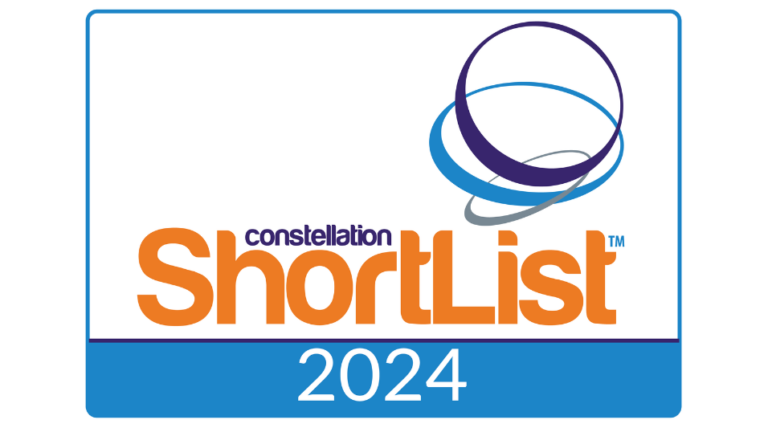I was recently reading a Bloomberg Opinion article that discussed cost savings for end-of-life care. The piece brought to light the numerous articles, blogs, and research studies that highlighted challenging ethical and economic considerations for end-stage patients. Some review utilization and cost associated with futile care, others mention social factors influencing care decisions, and some discuss ethical dilemmas faced by providers in caring for this population.
In my years of caring for chronically ill patients, I learned quickly that you can never predict how an individual’s symptoms will progress. I had many patients who hung on in intensive care for months – while others showed up in the ER with a vague complaint, quickly deteriorated, and passed away within hours.
Any clinician can tell you that every patient is different. No two disease trajectories are identical. Symptoms progress and differ based on countless variables, such as comorbidities, overall health, and social factors. And it is the patient’s right to choose the type and intensity of care he or she wishes to receive. That said, how can we help patients navigate their circumstances, especially when they are at their most vulnerable?
Guiding Patients Through Their Care by Asking the Right Questions
Our healthcare system is designed to treat patients and manage comorbid conditions. As the system evolves to be more focused on preventive health, how can we educate and guide patients to seek the best care at the most appropriate time?
Regardless of how sick or well a patient is at any given time, it is the patient’s choice to determine how aggressively he or she wishes to be treated. Providers need to ask specific questions, at very specific times, in order to effectively guide their patients and ensure they receive the care they desire.
Providers must be cognizant of the care they provide to ensure that it meets clinical, ethical, and reimbursement standards. However, there is a lot of gray area. For example, if a patient is diagnosed with cancer and asked if he or she would like to pursue treatment, most will respond affirmatively. It is up to the provider to treat the patient holistically and place this diagnosis into context with rest of the patient’s plan of care.
- Does the patient have comorbidities that will complicate a treatment plan?
- Is this treatment curative or palliative?
- Are one or multiple organs impacted by this initial diagnosis?
- What is the average trajectory of this diagnosis?
These questions guide patients and family members to make the most educated decisions possible regarding their care.
Actively Engaging Patients to Meet Their Individual Preferences and Needs
Meaningful patient engagement and care management efforts empower providers to better understand the needs and wants of their patients. Although these conversations are difficult and may be unproductive at first, it is critical to encourage patients to open up about their personal goals that will inform how clinicians can best meet them.
An especially challenging – yet important – task is working with patients to complete an advance directive and discuss this with their loved ones. This should outline the type of care welcomed, as well as scenarios in which the patient would not want additional treatment.
By leveraging the right data and technology, clinicians and care managers can be prompted to ask the right questions at the right time. Instead of asking for all the answers at once, engaging in ongoing conversations triggered by diagnosis, utilization, and time may prove more productive for both the patient and provider.
Ultimately, providers must solicit information on how patients want to be treated, especially in the event that they are not able to verbalize their wishes. This should not occur under stress, but rather when patients have the opportunity to consider how each scenario impacts their general wellbeing, as well as that of their loved ones.
Developing a deeper understanding of a patient’s wishes may reduce utilization and systemic spend for a patient at the end of life, but that should never be the driving force of these initiatives. More importantly, these conversations improve the quality and experience of a patient – ensuring that treatment is aligned with the goals of that individual.








